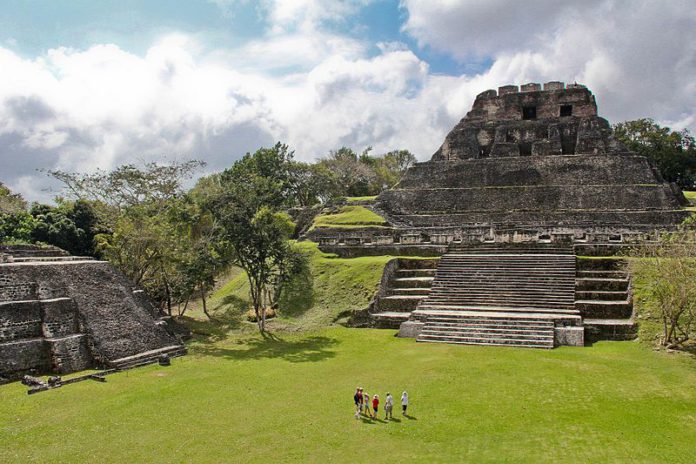
The University of Colorado Law School has just wrapped up the first academic year of a volunteer project working with native people in Belize to implement the land rights granted to them by the island’s highest court in 2015. Although the formal project is new, CU students have already been helping with the work for years.
The Caribbean Court of Justice, the highest appellate court with jurisdiction over Belize, said native Maya people have total customary title rights to the lands they live on and make a living from. According to a story published in the spring 2019 issue of Amicus, the decision had a historic implication: Under Belizean law, the Maya’s property rights have equal legal legitimacy to Western kinds of property rights. Patrick Lee, a dean’s fellow at CU Law who coordinates the student volunteers and supervises their individual assignments, explained those rights include components such as compensation rights for regulatory takings.
“The problem is that there are still violations occurring, despite this order,” said Ashleigh Sawa, who started volunteering as a second-year law student at CU and graduated this year. She said some new litigation has sprung up as a result. “One of the things as a new 2L on this case was … just the lack [of adherence to the order], was one of the most difficult things for me to wrap my head around.”
Lee said the actual litigation work over land rights is handled by licensed attorneys in Belize, the U.S. and Canada, so the CU Law students work on components such as legal research and reporting to international human rights groups. Dean James Anaya has been part of the litigation team.
Lee officially created the Maya Land Rights Development Project at the start of this just-finished academic year to focus on the Maya people’s desire to use their land rights granted by the CCJ in ways that prioritize sustainable economic development and local governance of the rights. Lee said the cacao industry is one example: Cacao is a traditional “cultural marker” for the Maya, he said, so as a component of economic development they’re seeking partnerships with cacao companies internationally that can maintain a viable cacao industry for farmers while making sure land doesn’t get totally stripped in the name of profit from the crop.
Belize’s court system is heavily modeled after English common law, so Lee said its different functions would be largely familiar to anyone with an understanding of the U.S. court system. The differences that tend to crop up are the names processes go by.
As one example, he said, a motion to dismiss in the U.S. is called an application to strike in Belize. But the actual processes are nearly identical.
Sawa added the land rights litigation’s path has been similar to what a case would follow in the U.S., starting in trial court and then appeals working their way up to the CCJ and resulting in a binding order that sets precedent. But she said in the Belizean court system, specific scheduled days of trials can actually have several months between them, a big difference she noticed from the U.S. system.
Sawa has visited Belize a few times, and she said she has enjoyed seeing the land involved and meeting with different elected community leaders to understand the island’s local governance system.
When Sawa was involved in the legal work, she said the student volunteer team comprised her and one other student. Lee said there now nine students volunteering on the project.
Anaya allowed Sawa to stay on for pro bono work during her third year of law school as well. “At the end of my second year, I really had become attached,” she said. “I had met the clients, I had been to Belize, I didn’t really want to just … be done with the case.”
— Julia Cardi

